In 1839, Charles Darwin spent two weeks on the Blue Mountains which are about 100 kilometers west of Sydney. He traveled by boat and then horseback. When he got to this view he wrote:

While walking and picnicking on the steep, step-filled bushwalks that necklace these canyons, we have found a calmness and serene beauty that was not present in vibrant Sydney. We are here “Forest Bathing” (shinrin-yoku, in Japanese) where serendipitous and ephemeral natural shapes and patterns and sounds appear before us at nearly every turn and view.
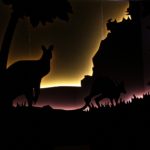
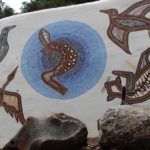 Long, long before Darwin, the Australian Aboriginals hunted and gathered in these valleys and sang their reality out of their Dreamtime. Rock shelters still show ancient hand prints, paintings and petroglyphs. It requires another trip to Australia and some cool snorkel-equipped Land Rover to do Aboriginal rock art justice!
Long, long before Darwin, the Australian Aboriginals hunted and gathered in these valleys and sang their reality out of their Dreamtime. Rock shelters still show ancient hand prints, paintings and petroglyphs. It requires another trip to Australia and some cool snorkel-equipped Land Rover to do Aboriginal rock art justice!
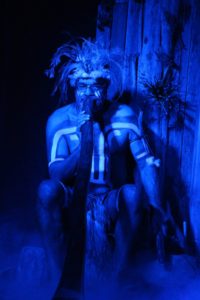 What is it that makes the sound of the didgeridoo so haunting? Played well, as in the Aboriginal show, “Waradah” in the town of Katoomba, it can imitate a hopping kangaroo, a barking dingo, or a singing kookaburra. Performers shared their artwork and unique Dreamtime stories through their fast-paced dances.
What is it that makes the sound of the didgeridoo so haunting? Played well, as in the Aboriginal show, “Waradah” in the town of Katoomba, it can imitate a hopping kangaroo, a barking dingo, or a singing kookaburra. Performers shared their artwork and unique Dreamtime stories through their fast-paced dances.
 It was a fine educational show, but where were the hundreds of tourists who rushed past us to the Three Sisters Overlook to take their selfie photographs and then return to their polluting tour busses? No time for bushwalking or nature-bathing for them…..
It was a fine educational show, but where were the hundreds of tourists who rushed past us to the Three Sisters Overlook to take their selfie photographs and then return to their polluting tour busses? No time for bushwalking or nature-bathing for them…..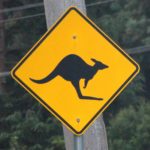 Darwin writes (1839) that kangaroos will soon be extirpated from Australia. He postulates this after a failed kangaroo hunting trip in the Megalong Valley where he learned that settlers with greyhounds were devilishly effective at killing roos. He mentions that Aboriginals kept trying to borrow these dogs.
Darwin writes (1839) that kangaroos will soon be extirpated from Australia. He postulates this after a failed kangaroo hunting trip in the Megalong Valley where he learned that settlers with greyhounds were devilishly effective at killing roos. He mentions that Aboriginals kept trying to borrow these dogs.
Here, almost 200 years later, we did find kangaroos in the early morning in this verdant valley. They were in open fields, but they were very wary animals, hopping away as soon as our car door opened. So, Darwin’s forecast was wrong and Australian protections have kept this delightful and unique species alive.
 We are approaching the end of our 3 weeks bounding around parts of Australia and a heavy fog has descended on the Blue Mountains. So, we have decided to drive through this pea-soup down off the escarpment and tour the Jenolan Caves – one of the largest cave systems in one of the world’s oldest limestone deposits. To the left and below are a few photos of the chambers we visited.
We are approaching the end of our 3 weeks bounding around parts of Australia and a heavy fog has descended on the Blue Mountains. So, we have decided to drive through this pea-soup down off the escarpment and tour the Jenolan Caves – one of the largest cave systems in one of the world’s oldest limestone deposits. To the left and below are a few photos of the chambers we visited.Tomorrow we return to Sydney and then fly backwards across the International Dateline after a fine week driving our rental car on the wrong side of the road. We have stayed in medium-priced places (about $100 US per night) and finding them often upon the recommendation of the guests and lodge-keepers at the previous night’s spot. We will remember Australians as wonderfully open and friendly people with admirable conservation ethics which lead to protecting vast areas of land such as the lovely Blue Mountains National Park.
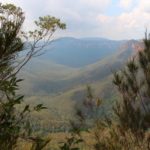
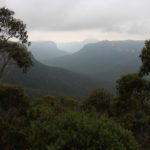






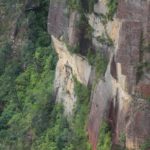
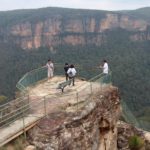
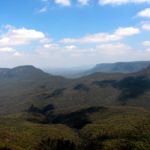



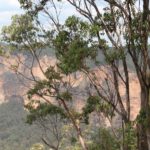







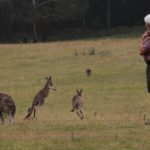



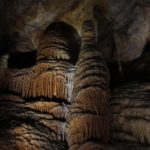

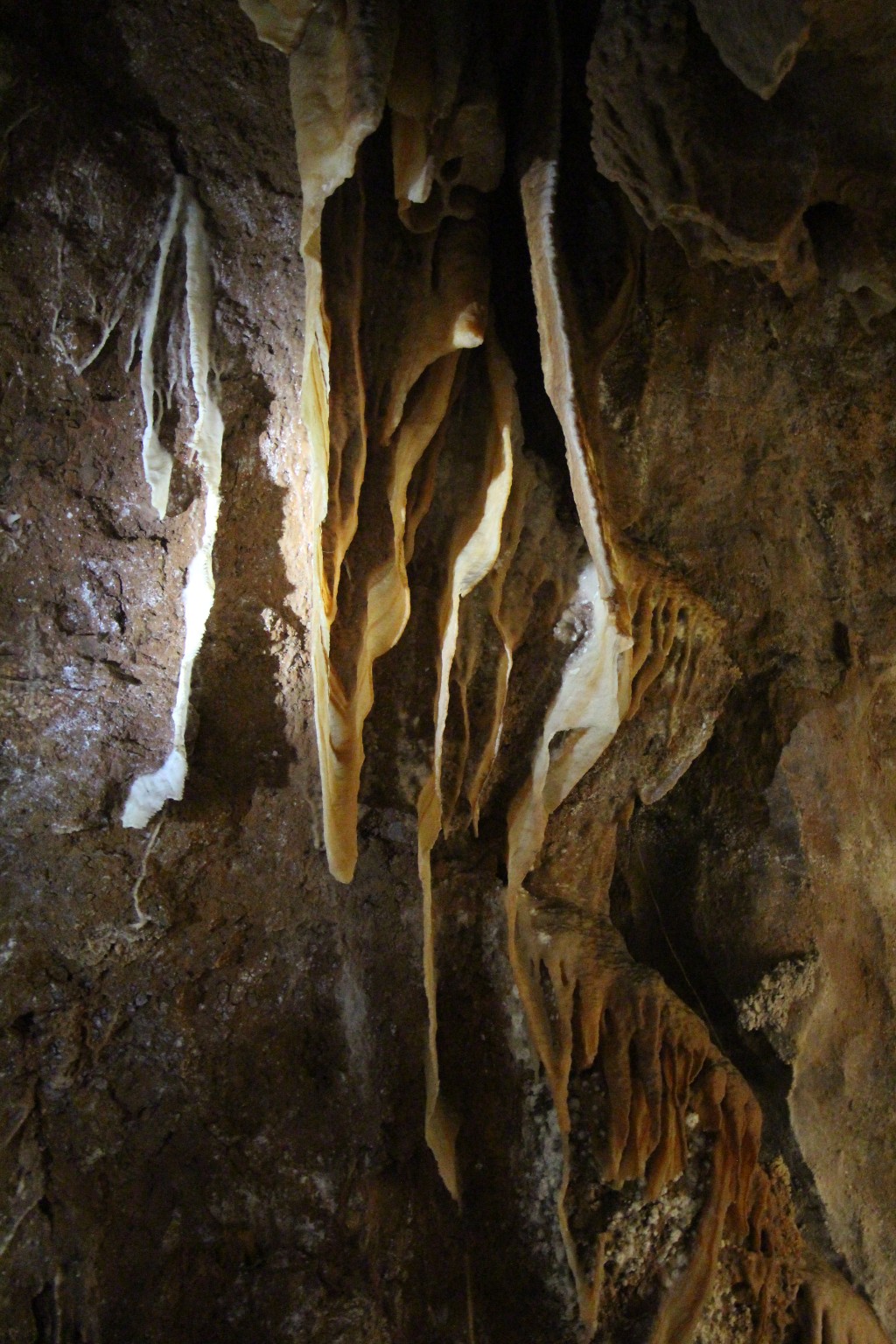



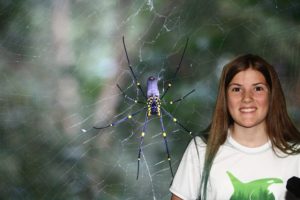

virginia garlitz
1 Feb 2018WOW!
Alice Acheson
1 Feb 2018Bravo/a to the writer of this paragraph:
While walking and picnicking on the steep, step-filled bushwalks that necklace these canyons, we have found a calmness and serene beauty that was not present in vibrant Sydney. We are here “Forest Bathing” (shinrin-yoku, in Japanese) where serendipitous and ephemeral natural shapes and patterns and sounds appear before …
And kudos to the photographer of these GORGEOUS images.
Sounds like you all have had a phenomenal trip!
Alice
Ellen Fisher
1 Feb 2018WOW is right. What pictures! And what a wonderful trip and description! Thank you for letting the rest of us live a little of it vicariously.
Barbara ro
1 Feb 2018What a great trip!
…… Barbara
Eric Adelberger
1 Feb 2018It sounds like you had a wonderful trip! I especially enjoyed the photos of the Blue Mountains which I had never seen.
Eric
Bill Rosser
2 Feb 2018We also loved the Blue Mountains. Great photographs!
Beth Carlson
17 May 2019These photos are elegant in their detail. Trip appears to have been a wonderful adventure! Thank you for sharing these details and unique flora and fauna. Warmly, Beth